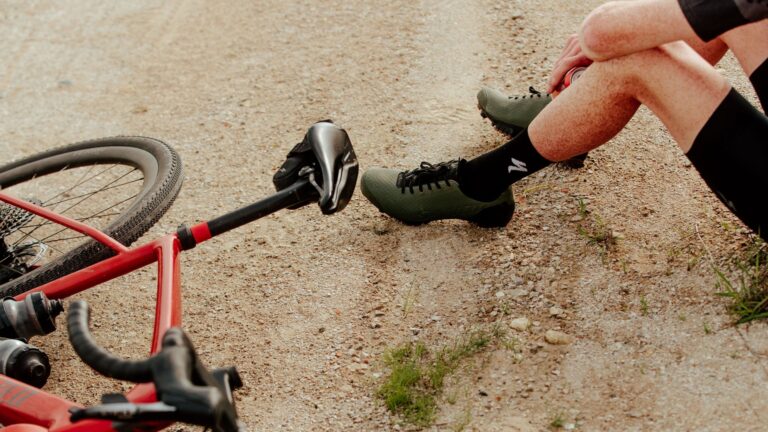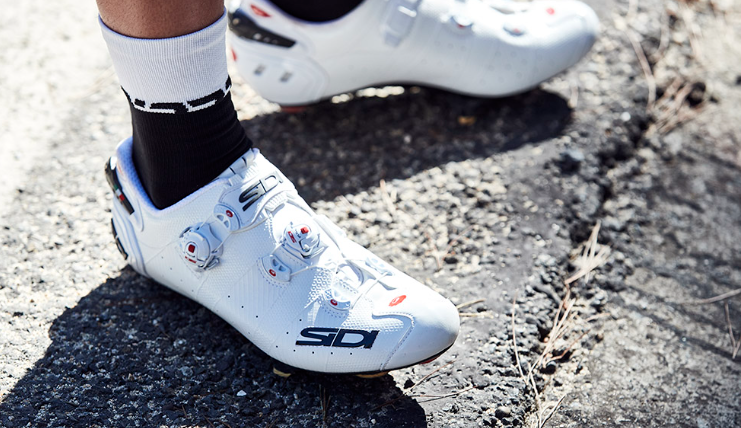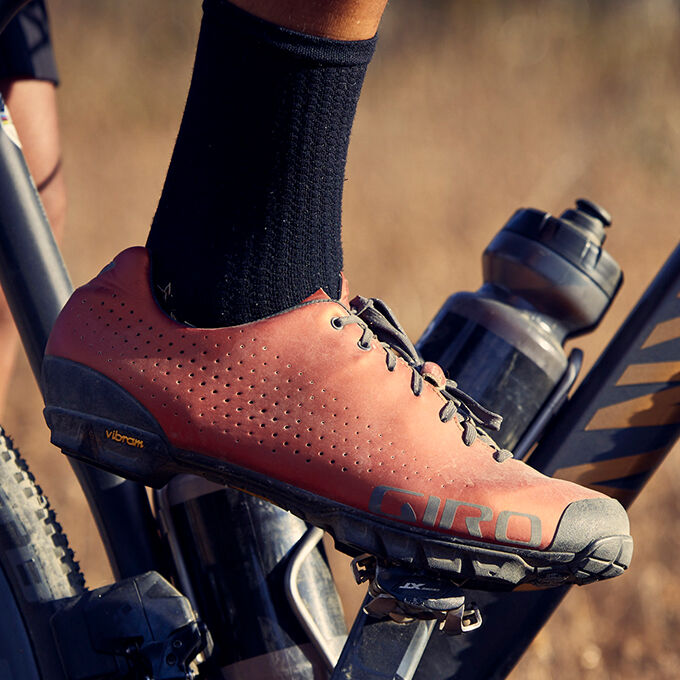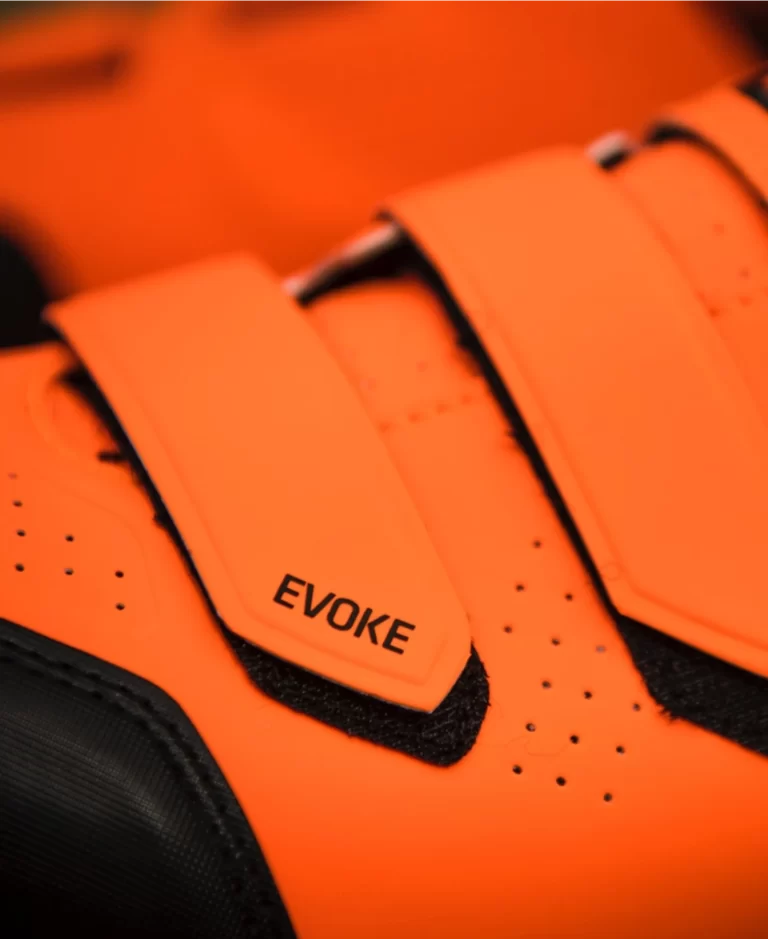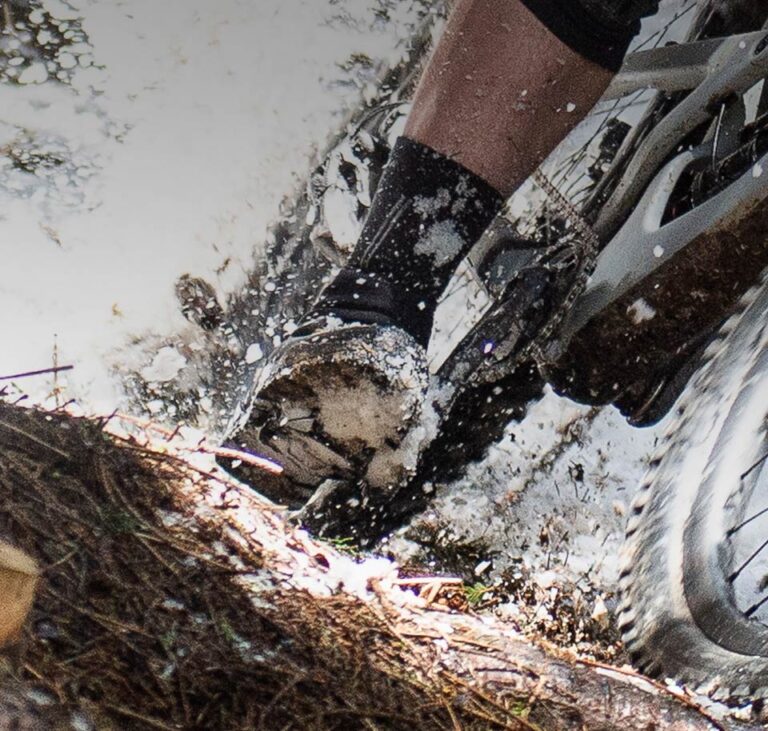Exploring the Different Types of Mountain Bike Shoes: A Rider’s Guide
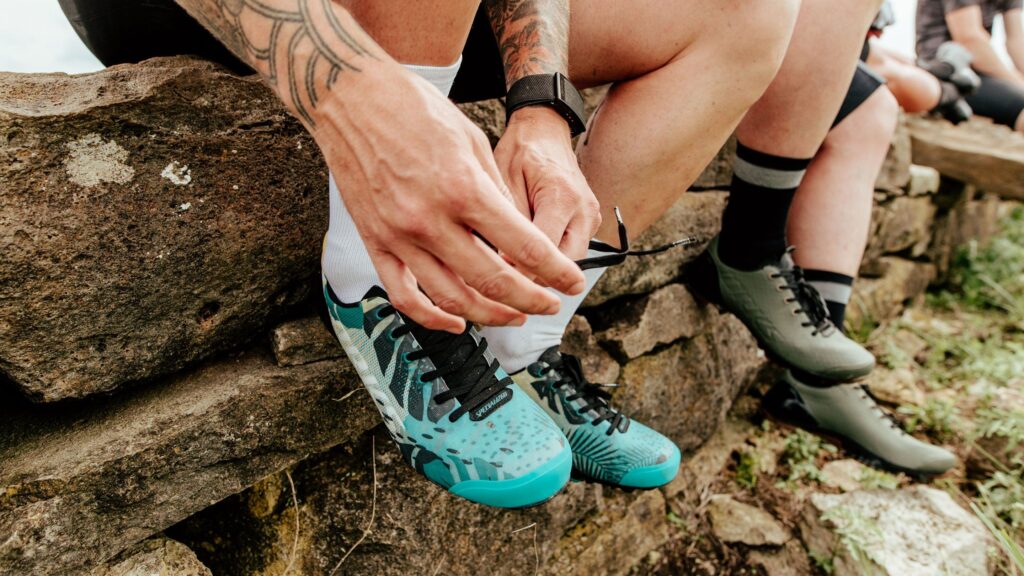
Key Point Summary of Types of Mountain Bike Shoes:
- Diverse Types for Various Riding Styles: Understanding the different types of mountain bike shoes available and their unique features.
- Exploring Styles and Designs: Delving into the styles and designs of mountain bike shoes to suit different terrains and preferences.
- Personal Experience and Recommendations: Insights from my own experiences as a masters cyclist, tailored for beginner to mid-level riders.
As a seasoned cyclist with extensive experience in racing and riding across various disciplines like mountain biking, gravel biking, and cyclocross, I’ve come to appreciate the diverse world of mountain bike shoes. Each type, style, and design serves a unique purpose, catering to the varied needs of cyclists at all levels. In this article, I aim to shed light on the different types of mountain bike shoes, offering insights and personal anecdotes that might help beginner to mid-level cyclists make informed choices.
Understanding the Different Types of Mountain Bike Shoes
Mountain bike shoes can broadly be categorized based on the type of riding they are designed for. Let’s explore these types.
Cross-Country (XC) Shoes
- Design: Typically lightweight and stiff for efficient power transfer.
- Personal Experience: When I first dabbled in XC racing, the stiffness of XC shoes significantly improved my pedaling efficiency, although it took some time to get used to the rigid feel.
Trail and Enduro Shoes
- Design: A balance between stiffness for pedaling and flexibility for walking, often with more aggressive tread patterns for better grip.
- Personal Experience: On my trail rides, these shoes offered the versatility I needed – efficient in pedaling but comfortable enough for those moments when I had to walk.
Downhill (DH) and Gravity Shoes
- Design: Focused on protection and grip, these shoes are usually heavier and more robust, with ample padding and durable soles.
- Personal Experience: During my downhill ventures, the protective features of these shoes were a lifesaver during rough and tumble rides.
Flat Pedal Shoes
- Design: Designed to be used with flat pedals, these shoes have a sticky rubber sole for grip and a more casual style.
- Personal Experience: For casual mountain biking days, I preferred flat pedal shoes for their relaxed fit and ease of use.
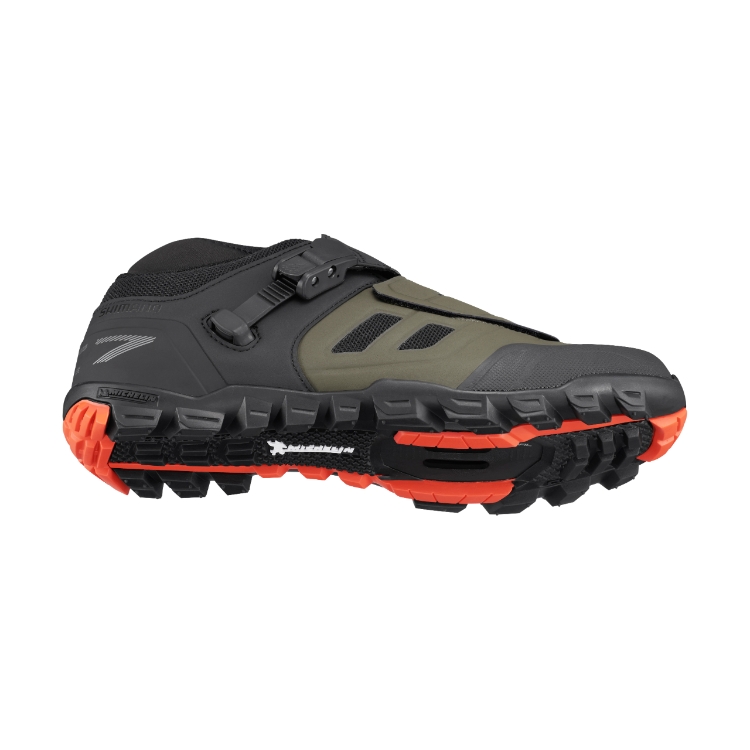
Exploring Styles and Designs
Mountain bike shoes not only differ in types but also in styles and designs, catering to a range of preferences and requirements.
Closure Systems
- Laces, Velcro Straps, and Dial Systems: The choice here depends on personal preference for adjustability and convenience. I’ve always favored dial systems for their precise adjustments.
Materials
- Uppers Made from Synthetic Leather or Mesh: These materials offer a balance of durability, breathability, and comfort. Mesh panels were particularly helpful in keeping my feet cool during summer rides.
Sole Composition
- Rubber Soles for Flat Pedals and Stiff Soles for Clipless Pedals: The sole composition plays a crucial role in performance and comfort. While stiffer soles were great for long rides, the rubber soles of flat pedal shoes provided much-needed grip during technical rides.
Understanding Sole and Cleat Compatibility for Different Types of MTB Rides
The sole composition and cleat compatibility of mountain bike shoes are pivotal factors that vary based on the type of riding.
Sole Composition
- Cross-Country (XC) Shoes: These usually feature very stiff soles, often made of carbon fiber, to maximize power transfer. The stiff sole helps when pedaling hard on climbs or sprints.
- Trail and Enduro Shoes: These have a balance between stiffness and flexibility. The soles are stiff enough for effective pedaling but also have more flex compared to XC shoes, aiding in walking or navigating technical terrain.
- Downhill (DH) and Gravity Shoes: The soles here are designed for grip and durability. They are generally less stiff, prioritizing foot protection and grip over pedaling efficiency, which is crucial in gravity-oriented disciplines.
- Flat Pedal Shoes: Characterized by their flat soles with rubber grips that mesh with the pins on flat pedals. These soles provide excellent traction and are ideal for riders who prefer the freedom of easily moving their foot off the pedal.
Cleat Compatibility
- Clipless Systems: XC, Trail, and Enduro shoes are often designed for clipless pedal systems. This system enhances efficiency and bike control, especially on climbs and fast trails.
- Flat Pedals: Downhill and casual mountain biking shoes are typically used with flat pedals. These shoes don’t have cleat mounts and are focused on grip and ease of movement.
Choosing the Right Sole and Cleat Type
- Consider Your Riding Style: If you’re into competitive racing or love climbing, stiff soles with clipless cleats are the way to go. For technical trails and downhill riding, choose shoes with more flexible soles and flat pedal compatibility.
- Skill Level and Comfort: Beginners might feel more comfortable with flat pedal shoes as they offer more freedom to place and remove the feet quickly. As you gain confidence and skill, you can transition to clipless systems.
- Terrain Type: Consider the typical terrain you ride on. Slippery or technical trails might require shoes with better grip, while well-groomed trails allow for stiffer soles and clipless pedals.

Based on the different designs and types of mountain bike rides mentioned, here’s a list of shoe models that align well with each category:
Cross-Country (XC) Shoes
- Shimano ME7: This shoe is a great choice for cross-country riding, offering a blend of comfort, durability, and a stiff sole for effective power transfer.
- Specialized S-Works Recon: Offers a combination of a stiff carbon sole for efficient power transfer and a comfortable, lightweight upper.
Trail and Enduro Shoes
- Five Ten Kestrel Lace: Balances stiffness for pedaling efficiency with enough flexibility for comfortable walking during trail rides.
- Giro Berm: Designed for versatility on the trail, the Berm combines durability and comfort, making it suitable for a variety of trail conditions.
Downhill (DH) and Gravity Shoes
- Five Ten Hellcat Pro: Offers a durable and protective design with a focus on grip and foot protection, suitable for downhill and gravity-oriented riding.
- Shimano GR9: Provides excellent foot protection and a grippy sole, designed for the rigors of downhill and freeride mountain biking.
Flat Pedal Shoes
- Five Ten Freerider Pro: Known for its exceptional grip on flat pedals and a comfortable fit, making it a favorite among flat pedal enthusiasts.
- Specialized 2FO Flat 1.0: Offers great pedal connection and comfort, designed for riders who prefer flat pedals for trail and casual riding.
Final Thoughts
In the world of mountain biking, the right pair of shoes can make a substantial difference in your riding experience. Whether you’re into cross-country, trail, enduro, downhill, or just casual riding, there’s a shoe type and style to suit your needs. Remember, the best mountain bike shoe is the one that fits well, meets your specific riding style, and enhances your connection to the bike and the trail.
Happy riding!
John
FAQ
What kind of shoes do you wear for mountain biking?
For mountain biking, you typically wear specialized mountain bike shoes that are either designed for flat pedals with a grippy, flat sole or for clipless pedals with cleat compatibility. The choice depends on your riding style and preference: flat pedal shoes for flexibility and ease of movement, or clipless shoes for better power transfer and bike control.
How are mountain bike shoes different?
Mountain bike shoes differ mainly in their sole design and cleat compatibility. Shoes for clipless pedals have stiff soles with recessed cleats for efficient power transfer and the ability to walk comfortably. Shoes for flat pedals have a grippy, rubber outsole for traction on the pedals. They are more flexible and suitable for a variety of terrains, offering ease of movement and quick foot release. Additionally, mountain bike shoes are generally more durable and offer more foot protection than road cycling shoes.
Why do mountain bikers wear flat shoes?
Mountain bikers wear flat shoes for their versatility, ease of movement, and quick foot release. Flat shoes provide a comfortable, flexible sole with a grippy rubber tread that meshes well with flat pedals. This setup allows riders to easily reposition their feet, crucial for technical terrain and beginner riders. It also offers the convenience of walking comfortably off the bike.
Do you need certain shoes for mountain biking?
Yes, for mountain biking, it’s recommended to use specific mountain bike shoes. They offer better grip, foot protection, and durability suited for off-road terrain. Depending on the pedal type, you can choose between shoes for flat pedals (with grippy rubber soles) or clipless pedals (with cleats and stiffer soles for efficient power transfer).

